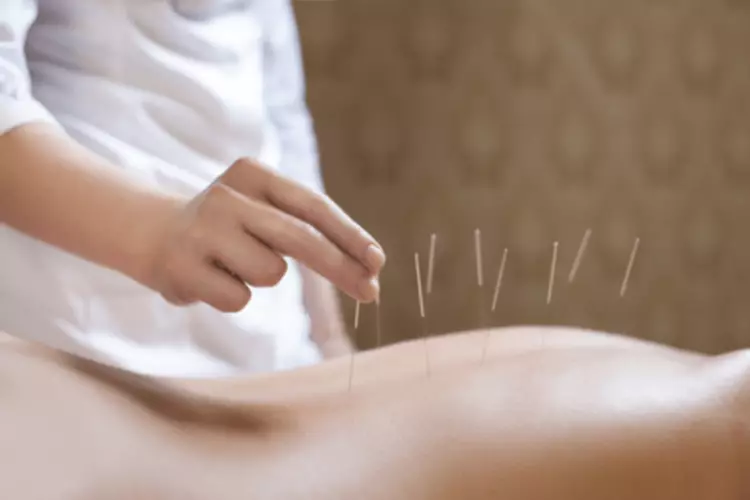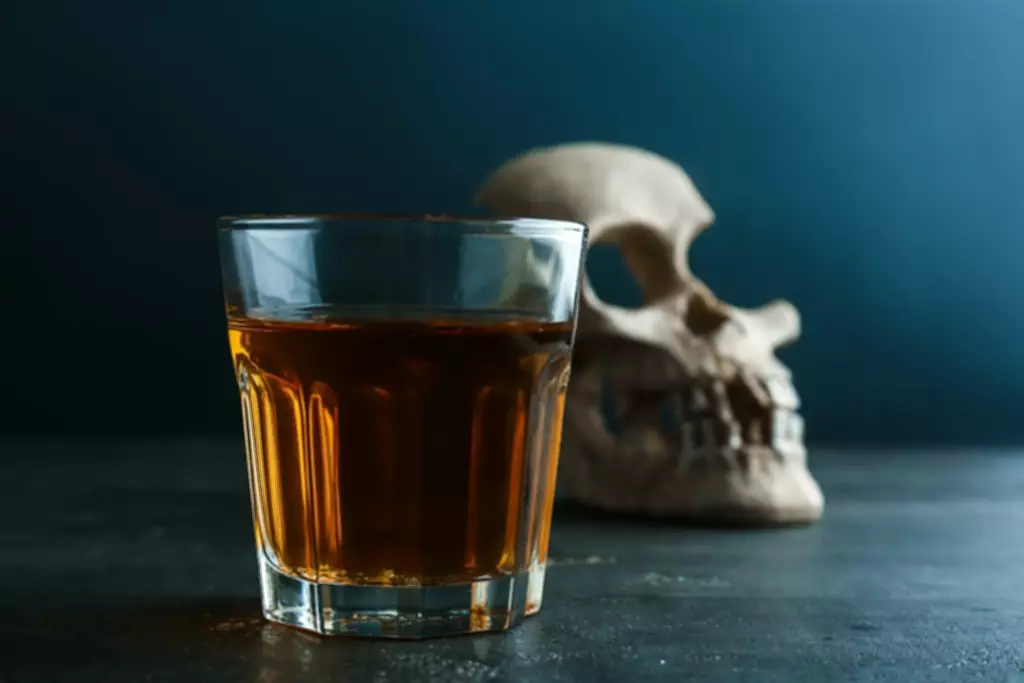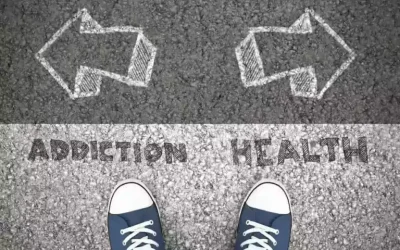Women in the intervention group showed significantly greater reductions in drug use and PTSD symptoms at the 12-month follow-up as compared to women in usual care. However, the study had limitations such as lack of randomization and lack of biological measures to verify abstinence. Because the TREM intervention was delivered as part of a comprehensive treatment package, it was difficult to attribute outcomes to the trauma intervention PTSD and Alcohol Abuse component. Additional large clinical trials with sample sizes that can account for gender differences as well as veteran/civilian status are needed. It is noteworthy that the studies involving a medication with a robust behavioral platform seem to have had the best results. Given the research to date, it seems unlikely that one medication will be effective in treatment of both disorders given the complexity of comorbidity.

FDA panel rejects ecstasy to treat PTSD
Since its inception, the intervention has been modified to address all substances of abuse and currently consists of 12 individual, 90-minute sessions that include a substance abuse and PTSD component (Back et al., 2012; Killeen, Back, & Brady, 2011). In vivo exposures are now conducted in sessions 3–11 and imaginal exposures in sessions 4–11. Although preliminary, initial findings demonstrate COPE’s ability to produce significant and sustained symptom reduction, and lend support for the acceptability and tolerability of the COPE treatment among a Veteran population (Back et al., 2012). Overall, clinicians can be reassured that medications approved to treat one disorder can be used safely and with some efficacy in this comorbidity. Addressing both disorders, whether by using a combination of medications to treat each disorder or by combining medication with behavioral treatments seem most likely to be effective.
HPA Axis in PTSD and Addiction

This will be done with a simple t-test or non-parametric test, depending on the distribution of the data. Another trial evaluated retention based on participant provision of a urine sample at the end of 12 weeks. Some studies have indicated that people who are diagnosed with PTSD and abuse alcohol may drink in an attempt to experience positive emotions. Alcohol use may improve their mood but is more likely to temporarily numb negative feelings followed by more serious negative feelings as the effects wear off. It is also possible for alcohol use to intensify the negative feelings that are already experienced. Someone who experiences changes in mood or depressed feelings when drinking alcohol in addition to PTSD symptoms may be more likely to continue to drink excessively.
What Is PTSD?

Post-treatment evaluations indicated that none of the individuals met criteria for PTSD, and this finding was maintained at 3 and 6-month follow-up. In addition, incorporation of prolonged exposure did not lead to increased rates of treatment dropout or relapse. Although preliminary, the findings support the feasibility of integrating prolonged exposure into residential SUD treatment facilities (see Henslee & Coffey, 2010). Seeking treatment from a mental health provider as soon as you develop symptoms of PTSD or experience a traumatic event can be one of the most beneficial ways to keep PTSD symptoms at bay. Once you connect with a mental health provider, they can support you in processing your trauma. The good news is that having a diagnosis can help you get the treatment you need to reduce your symptoms and improve your quality of life.
PTSD Symptoms in Adults
Posttraumatic stress disorder (PTSD) and substance use disorder (SUD) have high comorbidity. Although prior research indicated that PTSD can effectively be treated with Prolonged Exposure (PE) in these patients, reported effects are small and treatment dropout rates high. Eye Movement Desensitization and Reprocessing (EMDR) and Imagery Rescripting (ImRs) are other promising treatment options for PTSD, that have not yet been examined in this patient group. Furthermore, it is unclear whether PTSD treatment is most effective when offered simultaneous to or after SUD treatment. Over the past few decades, important advances have been made in behavioral treatments for comorbid AUD and PTSD. The most notable area of progress is the development of trauma-informed, manual-guided, integrated, cognitive behavioral treatments that concurrently address symptoms of both conditions.
- In this study 30 subjects, including 37% women, were randomized to receive 16 mg of prazosin vs. placebo; 18 subjects were included in the 12-week study before it was re-designed.
- More information about military-specific factors and barriers will help guide prevention and intervention efforts.
- The first study by Stein and colleagues (2017) reports on alcohol misuse and AUD prior to enlistment in the Army, and highlights the strong association between prior AUD and subsequent development of PTSD among newly enlisted soldiers.
- The San Francisco Fire Department has endorsed MAP, saying in a statement that its members know well how frequently chronic alcoholics require emergency services – some of them daily – and calling the initiative “an incredibly impactful intervention’’ in reducing unnecessary calls.
How we reviewed this article:
One 2020 study explored the direct and indirect links between types of childhood trauma to PTSD and alcohol misuse. When a range of lockdown measures lifted over the summer in 2020 and face-to-face sessions were possible again at the treatment center, all PTSD treatments were continued with face-to-face sessions. Since then, new participants all receive their entire treatment face-to-face at the location. However, when a therapist or patient is not allowed to come to the treatment facility center due to COVID-related symptoms, the session is delivered through video calling.
Military trauma and stress exposure
Oxytocin, the ‘Love Hormone,’ Being Tested for Treatment of PTSD and Alcohol Abuse – UC San Francisco
Oxytocin, the ‘Love Hormone,’ Being Tested for Treatment of PTSD and Alcohol Abuse.
Posted: Thu, 13 Apr 2017 07:00:00 GMT [source]
Participants in these trials for the most part improved over time regardless of the interventions. Nevertheless, the results are disappointing from a research standpoint in that the effects of the target medication interventions were modest at best and no category of medication had consistent positive results across alcohol and PTSD outcomes. Clinical and epidemiologic studies confirm that comorbidity of PTSD with substance use disorders is common and that the symptoms of patients with this comorbidity tend to be more severe and more refractory to treatment than those of patients suffering from either disorder alone. Despite the frequency with which patients with both diagnoses present for treatment, no systematic treatment approach of proven efficacy has been developed for this population. Furthermore, little is known about the impact on substance use disorder outcomes of the medications and psychosocial interventions commonly used to treat PTSD, or vice versa.
The study was approved by the Regional Committee for Medical Research Ethics of Norway and the National Health Research Council of Nepal. Logistic regression was performed to determine the association between various socio-demographic/military factors (sex, age, marital status, military status, rank, last deployment, combat role, childhood adversity and common mental disorder) and probable PTSD within the alcohol misuse group. Evidence that brain CRH and noradrenergic systems modulate each other has been reported. Conversely, stress-induced activation of the locus ceruleus has been blocked by administration of CRH antagonists (63). Similar evidence exists for the interaction of the CRH and noradrenergic systems in the hypothalamus (64) and the amygdala, where stress induces increases in both CRH and norepinephrine (65).
- Dr. Umhau recommends learning about Community Reinforcement Approach to Family Training (CRAFT).
- Thus, while glucocorticoid feedback may decrease CRH production and release in the hypothalamus, it may stimulate CRH production and release in other brain regions, including the amygdala.
- People treated with MDMA also had a short-term increase in blood pressure and heart rate.
- Our first impressions about alcohol are often based on what we see of our parents, family, friends, or people on TV.
- Start by creating a list of your “whys.” Why do you want to change your relationship with alcohol?